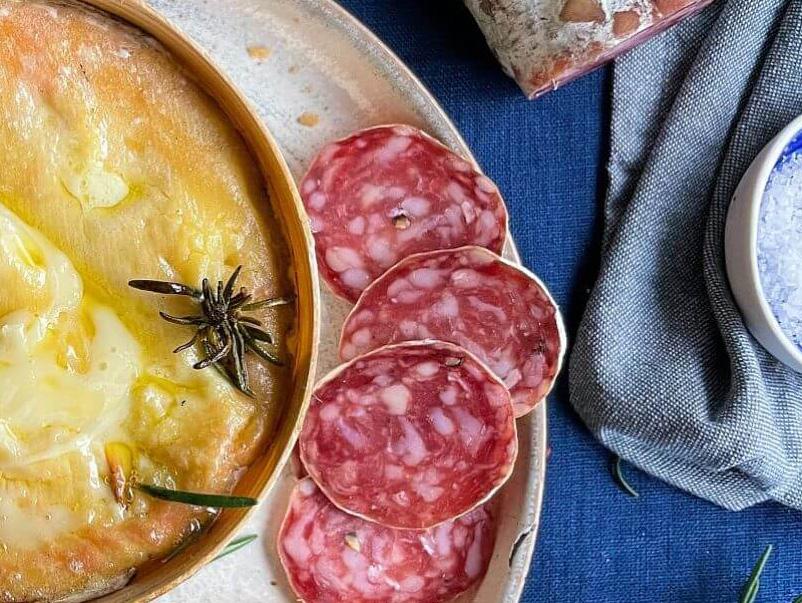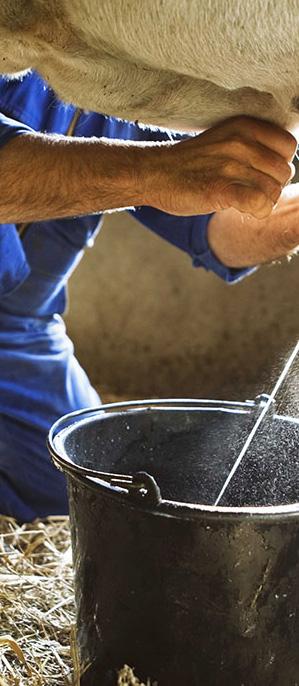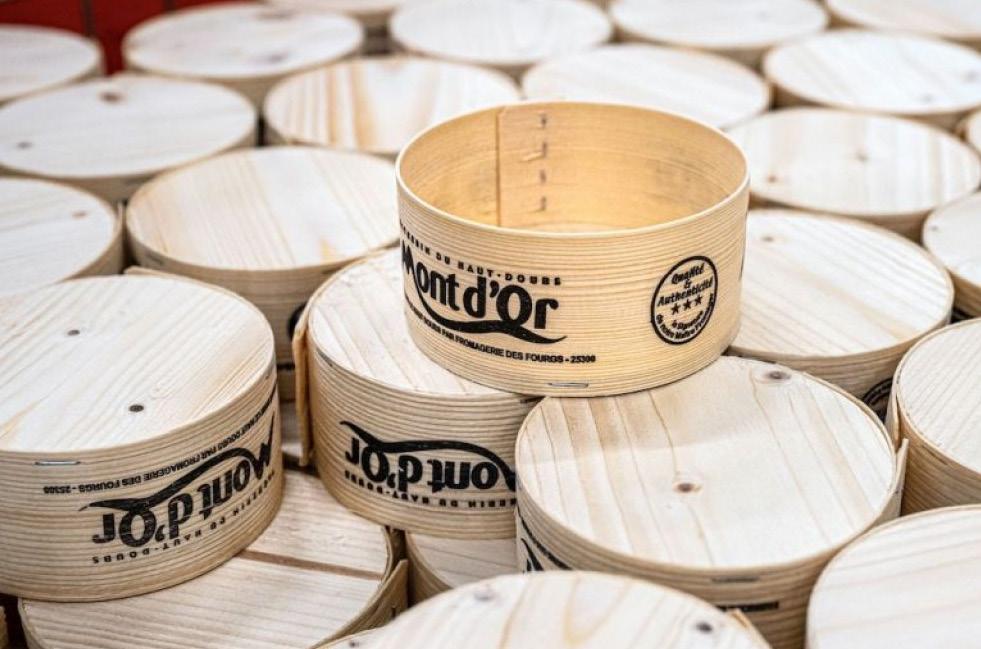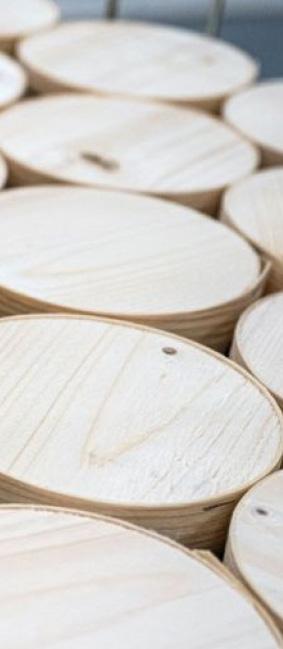
3 minute read
Vacherin Mont-d’Or
By Giancarlo Frigerio “Gifri”
A Must-Try Luxury
Many of you may not be familiar with the existence of an exquisite Swiss cheese called Vacherin Mont-d’Or. That’s why I’m here to share with you some fascinating facts about this delicacy. And to my French readers—don’t be offended! I know you’re thinking: “Hey! We make Vacherin in France too!” You’re absolutely right, but for now, I’ll focus on the Swiss version. I promise to dedicate a future article to the French one.
Let’s start with the price. In 2020, according to El Universal and Queso del Rebaño, the retail cost was 13,000 Mexican pesos per kilogram, making it one of the most expensive cheeses in the world.
But what makes it so valuable?
To begin with, this delicious cheese has nearly 200 years of history. Its artisanal production involves three key professions: carpenters who craft the iconic spruce wood rings used for packaging, master cheesemakers, and the essential “affineurs” or maturers, who add the final touch during the aging process.
Legend has it that the recipe arrived in the Swiss region of Les Charbonnières in 1871, brought by a soldier from Charles Bourbaki’s army who had fought in the Franco-Prussian War. However, records already mention Vacherin cheese in 1845, when the Dairy Society des Charbonnières was founded as a cooperative of cheesemakers and affineurs devoted to crafting the finest cheese in the region. Historical photos of the Atelier des boîtes à fromage (cheese box workshop) show elegant gentlemen using hammers and wooden slats to build the round boxes we know today. These spruce containers don’t just serve an aesthetic function—they impart a subtle woodsy flavor that’s unique to this cheese.




So how is its famous creaminess achieved?
The secret lies in the happy Alpine cows, grazing freely on flowers and grasses in the Jura mountains for months.
Authentic Vacherin is seasonal, made from raw cow’s milk between autumn and spring. The process begins with thermalization (a gentler heat treatment than pasteurization, under strict quality controls), followed by curdling, molding with wooden rings, and pressing. The cheeses are then soaked in brine and aged for nearly a month in cool cellars at 10°C, where affineurs give them their final handcrafted touch.
The result? A luxurious, gourmet cheese wrapped in its signature spruce box—ready to be enjoyed.
Dear readers: if you ever feel like hosting a cheese lover’s evening, I highly recommend serving a Vacherin Mont-d’Or. And to do it justice, be sure to use cutlery that’s, if not gold, at least gold-plated!











